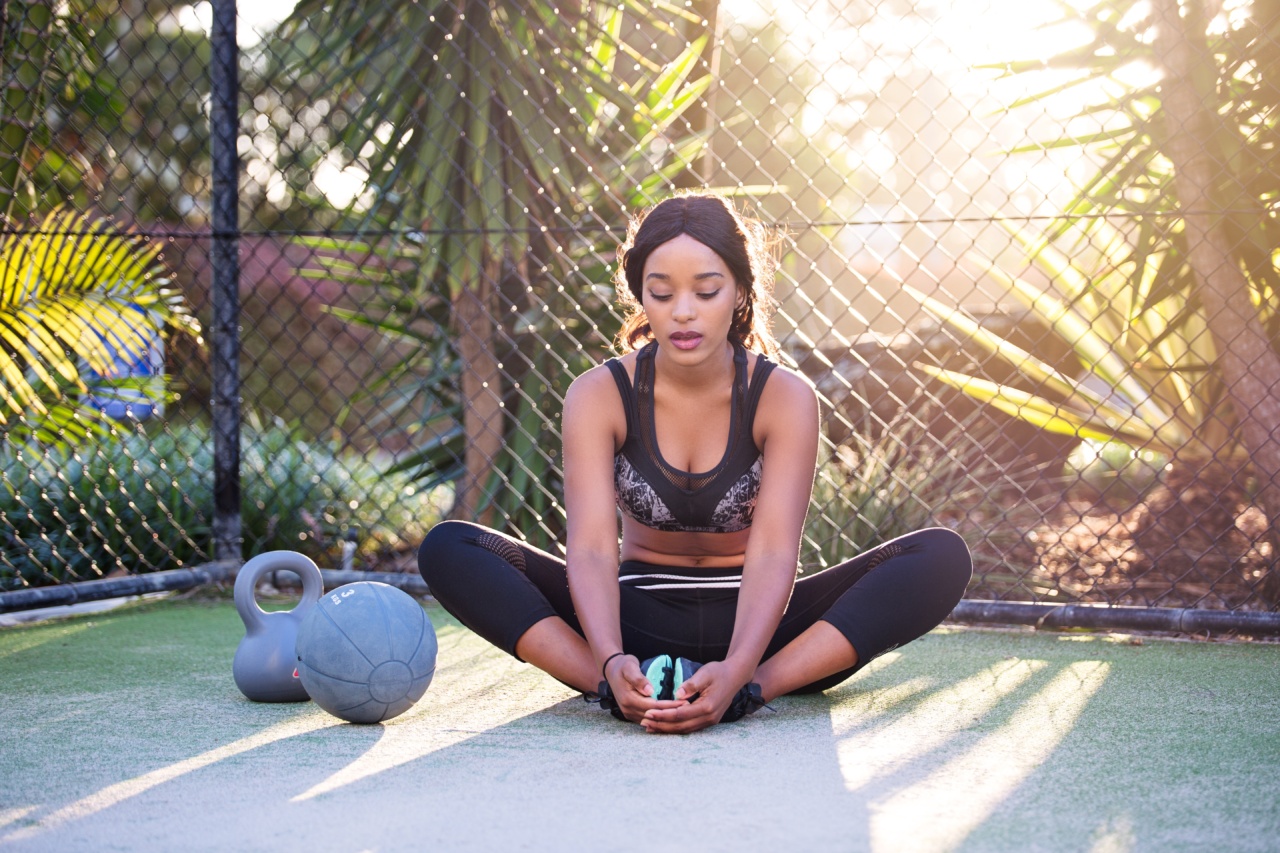Bone density is a crucial indicator of overall bone health. In particular, it is especially important for women to maintain good bone density as they age.
Osteoporosis, a condition characterized by weak and brittle bones, is more common in women due to hormonal changes that occur after menopause. However, exercise has been proven to have a significant impact on improving and maintaining bone density in women. This article explores the link between exercise and bone density and the various types of exercises that are beneficial for women.
Understanding Bone Density
Bone density refers to the amount of bone tissue in a certain volume of bone. It is a measure of bone strength and is influenced by various factors, including genetics, diet, hormones, and physical activity.
Peak bone density is typically reached between the ages of 25 and 30 and gradually decreases with age. However, engaging in regular exercise can help slow down this decline and reduce the risk of osteoporosis.
The Benefits of Exercise on Bone Density
Exercise helps to improve bone density by putting stress on the bones, stimulating bone remodeling and increasing mineralization.
Weight-bearing exercises, in which the bones bear the weight of the body, are particularly effective in promoting bone health. These types of exercises include walking, jogging, dancing, and hiking. Resistance exercises, such as weightlifting and resistance band exercises, also play an essential role in maintaining bone density.
When you engage in weight-bearing or resistance exercises, the muscles pull on the bones, which produces a stress response. This stress stimulates the cells responsible for bone remodeling, leading to increased bone density.
Additionally, exercise improves balance, coordination, and flexibility, reducing the risk of falls and fractures, which are common in individuals with low bone density.
Recommended Exercises for Building Bone Density
1. Walking: Walking is a low-impact exercise that can be easily incorporated into daily routines. Aim for at least 30 minutes of brisk walking most days of the week to stimulate bone remodeling.
2. Running: Running is a high-impact exercise that provides excellent bone-strengthening benefits. However, individuals should gradually increase intensity to avoid overuse injuries.
3. Strength Training: Incorporating strength training exercises at least twice a week is crucial for maintaining bone density. Focus on exercises that target major muscle groups, such as squats, lunges, push-ups, and planks.
4. Yoga and Pilates: These exercises improve balance, flexibility, and posture, reducing the likelihood of falls and fractures. Some poses in yoga and pilates also strengthen specific bones, such as the wrists and spine.
5. Weightlifting: Regular weightlifting sessions can significantly increase bone density. Start with lighter weights and gradually progress to heavier loads as your strength improves.
Considerations for Women
While exercise is beneficial for everyone, women should take certain considerations into account to maximize the benefits of exercise for bone density:.
1. Hormonal Changes: Women experience hormonal changes throughout their lives, particularly during puberty, pregnancy, and menopause.
These changes can affect bone density, so it is important to engage in regular exercise to counteract any negative impacts.
2. Menopause: After menopause, there is a rapid decline in estrogen levels, which accelerates bone loss. Women going through menopause should incorporate weight-bearing and resistance exercises into their routine to maintain bone density.
3. Calcium and Vitamin D: Adequate calcium and vitamin D intake are essential for healthy bones. Women should ensure they have a balanced diet that includes calcium-rich foods such as dairy products, leafy greens, and fortified products.
Additionally, spending time outdoors or taking vitamin D supplements can help meet the recommended levels of vitamin D.
Conclusion
Exercise plays a vital role in maintaining and improving bone density in women. Weight-bearing exercises, resistance training, yoga, and pilates are all effective ways to stimulate bone remodeling and increase mineralization.
Women should prioritize regular exercise to reduce the risk of osteoporosis and fractures. By considering hormonal changes, menopause, and adequate intake of calcium and vitamin D, women can optimize their bone health through exercise.






























